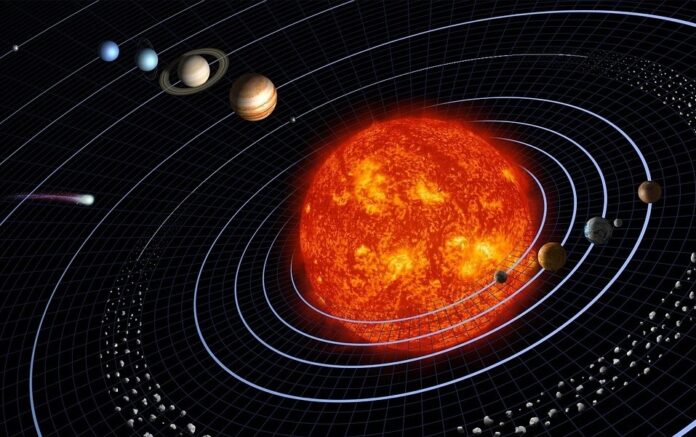Today, Friday, June 24, anyone who looks up at the sky just before dawn will be able to see a spectacle that last occurred in 2004 and that will not be repeated for another 18 years: the conjunction of five planets, plus the Moon, in a luminous parabola that can be observed without the need for binoculars or a telescope.
planets
This rare lineup includes Mercury, Venus, Mars, Jupiter and Saturn. Each of them is bright enough to be seen even in light-polluted urban skies, with Venus being the brightest and Mercury being the dimmest. Those who own equipment to scan the sky will also be able to see Uranus (between Venus and Mars) already Neptune (between Jupiter and Saturn), creating an incomparable spatial setting.
Although this spectacle can be seen from almost anywhere on the planet, the best views will be in the tropics and in the southern hemisphere, where the planets will rise highest in the pre-dawn sky. Regardless of where you are, though, the astronomers’ recommendation is to head somewhere with no light pollution and good visibility (like a meadow in the middle of a forest) and look on the eastern horizon for the conjunction an hour to 30 minutes before sunrise.
To find the planets, you just have to look at the crescent moon as a reference: Venus and Mercury will be on the left, while the rest will shine on the right, as the Royal Observatory of Madrid comments: Look at the sky at sunrise this week and you will see the entire solar system visible without a telescope. To the east you will see the five classic planets ordered by their distance from the Sun. You will also see the Moon, which on the 24th will be between Venus and Mars, as corresponds to its real position».
An ‘optical illusion’
While this parade of planets will appear to be crammed into a small part of the sky, in reality these worlds will be spread over a vast area of the Solar System, separated by millions of miles from each other. It will be our point of view that makes them seem closer together.
This ‘optical illusion’ will not last forever: in the coming months, the planets will move away from each other and spread out across the sky. By the end of summer in the Northern Hemisphere, both Venus and Saturn will have completely receded from the morning sky.
Font: ABC













![[Img #73262]](https://thelatestnews.world/wp-content/uploads/2024/07/The-era-of-artificial-intelligence-in-digital-marketing-in-Spain-300x200.jpg)
Add Comment